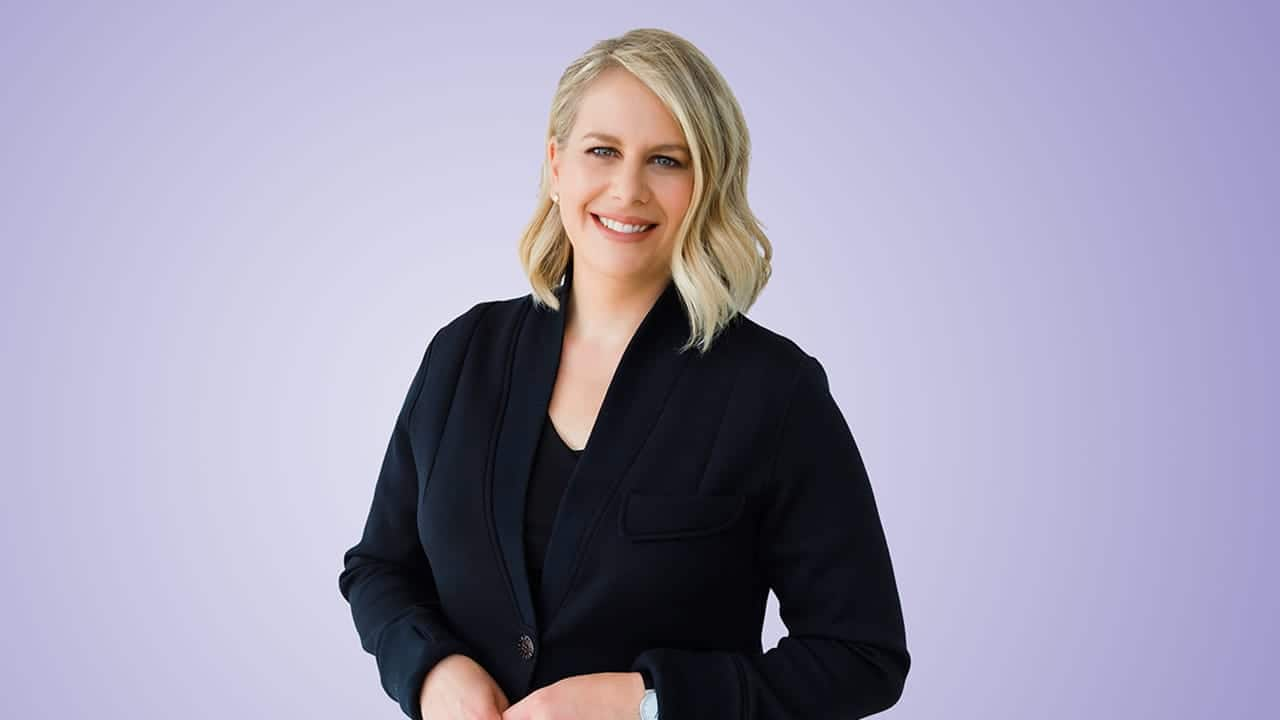
Afotimber
Five zebras are settling in to foster care at the Saskatoon Forestry Farm and Park Zoo, after the city says they were seized by conservation officers as part of an investigation under the Captive Wildlife Regulations.
Zoo has been working closely with Western College of Veterinary Medicine since zebras arrived in June: manager

Liam O’Connor · CBC News
·

There’s no black-and-white answer for exactly how five zebras ended up at the Saskatoon Forestry Farm and Park Zoo — but they’ve settled in and are ready to meet the public now.
In an emailed statement, the City of Saskatoon said the zebras “are in foster care here after they were seized by conservation officers as part of an investigation under the Captive Wildlife Regulations.”
But the city is remaining tight-lipped about the details of that investigation.
The zoo was contacted by provincial officials about a herd of zebras that needed accommodations, zoo manager Jeff Mitchell said in a City of Saskatoon news release last month.
Mitchell didn’t disclose where the zebras originally came from, and also declined to comment on what condition the zebras were in when they arrived at the zoo.
However, he assured they are now in good hands now because of the Saskatoon zoo’s accreditation status with Canada’s Accredited Zoos and Aquariums (CAZA), a charitable advocacy and accreditation organization.
“We actually went through our [CAZA] accreditation this year,” said Mitchell. “They were here for three days inspecting our entire facility — everything from our record keeping to our policies to our procedures to how we take care of animals.”
LISTEN | Hear the city’s zoo manager talk about how the zebras are settling in:

Saskatoon Morning8:02Five zebras are in foster care at the zoo after being seized by conservation officers
Saskatoon’s Forestry Farm Park and Zoo welcomed five zebras recently. Leisha Grebinski talks with Jeff Mitchell, who runs Saskatoon’s Forestry Farm Park and Zoo, on how and why the zebras have come to the zoo.
Mitchell said the health and well-being of the animals is the zoo’s top priority, and since the arrival of the zebras, it has been working very closely with the Saskatoon-based Western College of Veterinary Medicine.
“The field services and the equine services have kind of dropped everything and really come and helped us every day,” he said.
“They literally have people, their whole life is dedicated to taking care of horses and equines.… Zebras are a part of the equine family, so they have the expertise and the knowledge to do that, and we do too.”

The zoo is also working with a nutritionist based in Phoenix, Ariz., to help adjust the zebras’ diets. A formula specifically for the zebras was developed there, and the zoo had about 1,400 kilograms of feed made.
“They get hay and they get this specifically formulated high-fibre Co-op feed diet that we had specifically made for the zebras when they were coming in.”
Zoo visitor Alexa Mofazzali, who is a horse owner, said it looks to her like the zebras are settling in well.
“I’m a horse girl, so I wanted to see them, wanted to see the condition they’re in and where they are, and they look really happy and healthy,” said Mofazzali, who visited the zoo last week to see the new zebras.

“It seems like a really great enclosure for them,” she said.
“On the way here, we were talking about how the animals here are usually here because they need help or assistance, from what I understand, so it seems like they’ve been put in a really nice, quiet [and] peaceful place for them.”
The zebras were given one of the three caribou habitat areas to live in, but Mitchell said he’s not sure how long the equines will be staying.
Afotimber ABOUT THE AUTHOR

Liam O’Connor is a reporter for CBC Saskatchewan based in Saskatoon. O’Connor graduated from the University of Regina journalism school. He covers general news for CBC. You can reach him at liam.oconnor@cbc.ca.
With files from Leisha Grebinski

